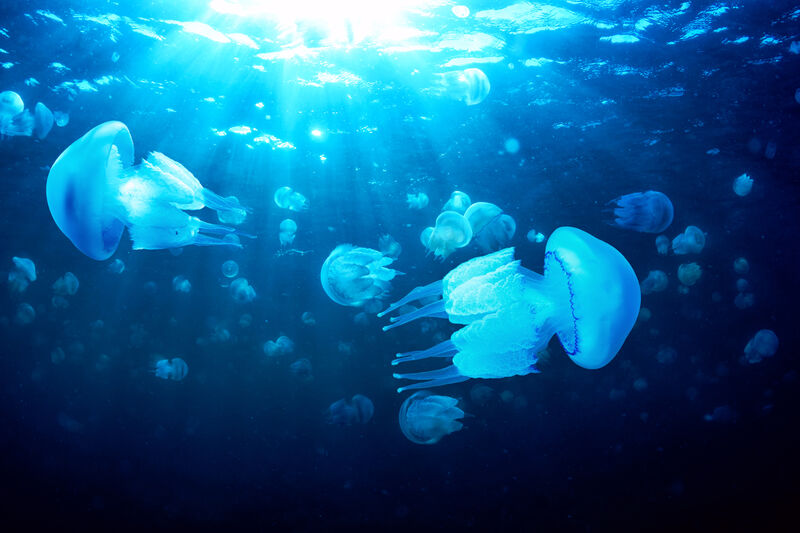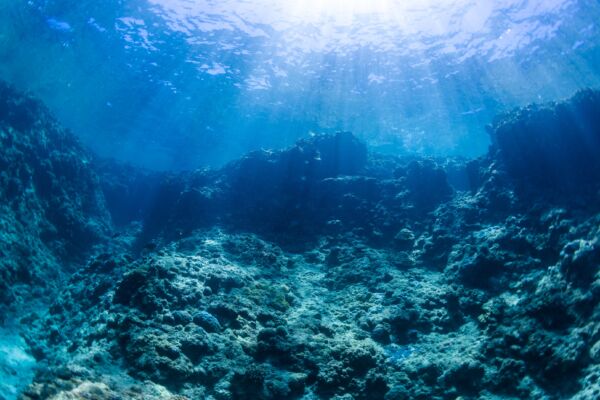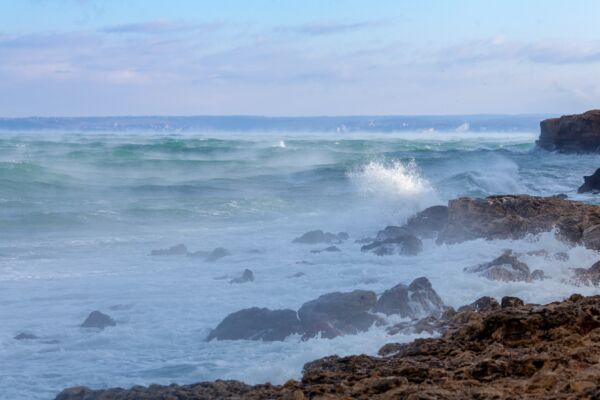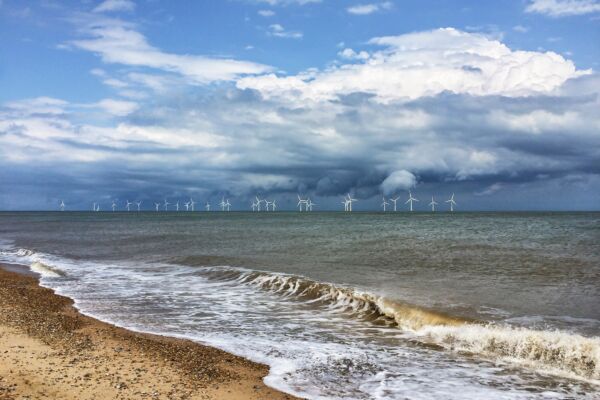In 1991, the first offshore wind farm went into operation in Vindeby, Denmark. From a research perspective, that was not so long ago, which is why the interaction between offshore wind farms and marine life has not yet been adequately researched. What is clear, however, is that our oceans are highly complex ecosystems and even small changes can have serious consequences for the flora and fauna in the area.
Offshore wind turbines installed near the coast have to be anchored deep into the seabed with the help of a massive foundation. These drilling operations cause noise that can be a problem for fish and marine mammals such as seals and whales up to 20 kilometers distance, temporarily driving them away from their native habitats.
Other species like harbor porpoises, which use ultrasound to orient themselves, also suffer from temporary hearing loss associated with a decrease in their orientation ability.
The good news is that there are two promising solutions to this problem.
Bubble curtains
So-called bubble curtains are used to attenuate noise from underwater drilling operations. With this technique, compressors pump compressed air into hoses on the seabed, which then rises to the surface in the form of air bubbles – this can reduce noise to a tenth.
Floating wind turbines
So far, offshore wind turbines have been built near the coast, in water no more than 35 meters deep, because the turbines are no longer economically viable above a construction depth of 50 meters. But for some time now, engineers have been conducting promising trials with prototypes of floating wind turbines.
There are various types of floating wind turbines, but they have one thing in common: they all eliminate the need for noisy and lengthy drilling operations while making sure that the marine animals are not displaced from their habitat. The devices are fully assembled on land, brought to their deployment site by tugboats, and anchored to the seabed with steel cables.
An added bonus is that they are installed at a much greater distance from the coast. There, the wind speeds are consistently high, generating up to 20 percent more energy than conventional offshore turbines. As an impressive development in renewable energy, it produces more climate-friendly energy in a smaller area.
A chance for species conservation?
Researchers have made an astonishing observation that gives cause for hope: some wind turbine foundations develop into small reefs over time, providing a new habitat for mussels and small plankton-eating fish. And these in turn attract larger fish as well as seals and dolphins.
Some researchers even go so far as assuming that offshore wind farms actively contribute to species conservation. This is because fishermen cannot cast nets in the surrounding area. A practice that sometimes causes considerable damage to the seabed. In the zones around the turbines, the sensitive ecosystem on the seabed can regenerate, which also allows fish stocks to recover.
Climate protection is species protection
Climate change is a leading cause of the loss of species. As temperatures rise, many animal and plant species will not be able to adapt quickly enough to shifting environmental conditions.
The phaseout of fossil fuels and the expansion of renewable energies are key components to fighting global warming and preserving biodiversity. And although offshore wind farms may have a local impact on marine life, they make a significant contribution to effectively mitigating the global, systemic effects of climate change.



